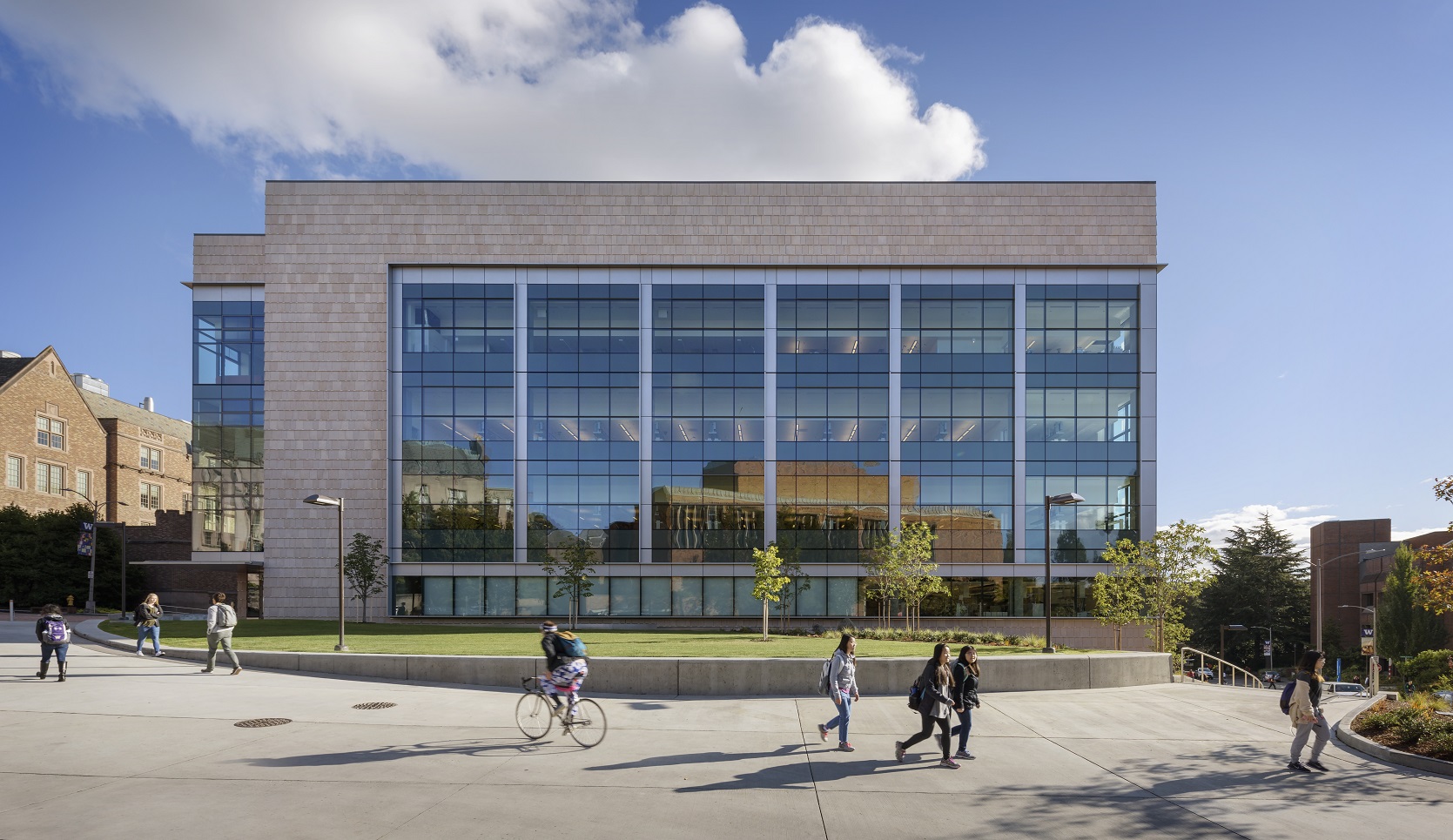Controlling Light with Metasurfaces
Gleb M. Akselrod, CTO and Co-Founder, Holosense
Feb. 27, 3:30 PM, EEB 303
Metasurfaces are surfaces composed of sub-wavelength elements that offer an unprecedented way to manipulate light. In this talk I will first describe my work from Duke University on colloidal metasurfaces, which act as unique “paints” that can manipulate the appearance of objects at various spectral bands. Then I will describe how metasurfaces can be made dynamic, with one of the most exciting applications being spatial light modulation for imaging. The most exciting of these imaging applications is lidar for self-driving cars, which my company, Holosense, is currently developing.
Gleb M. Akselrod is the CTO and co-founder of Holosense, which is a venture-backed company in Seattle developing high-performance solid-state lidar based on metasurface technology. Previously he was the Director for Optical Technologies at Intellectual Ventures in Bellevue, WA, where he led a program on the commercialization of optical metamaterial and nanophotonic technologies. Before that he was a postdoctoral fellow in the Center for Metamaterials and Integrated Plasmonics at Duke University, where his work focused on plasmonic nanoantennas and metasurfaces. He completed his PhD in 2013 at MIT, where he studied the transport and coherence of excitons in nanostructured materials.
